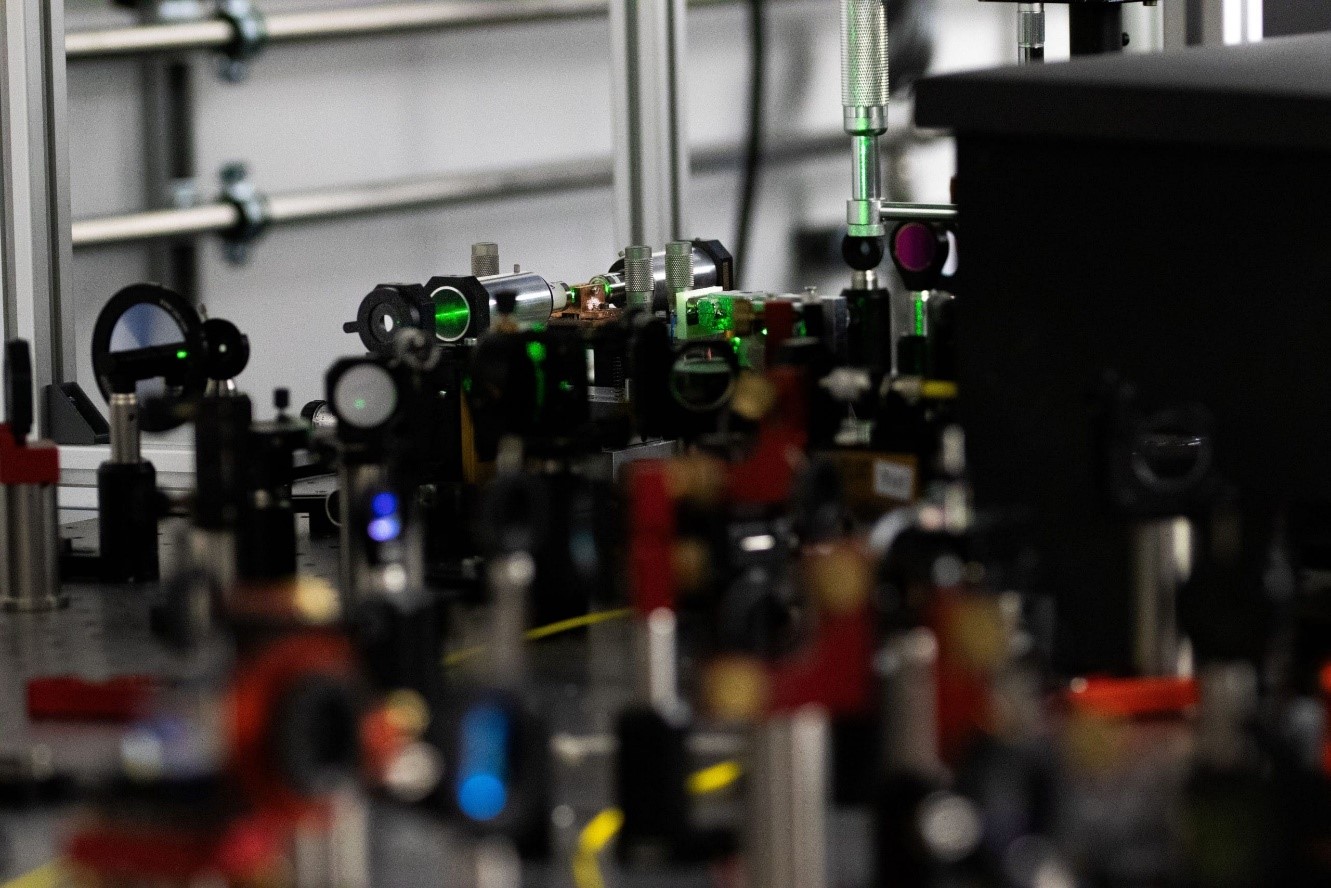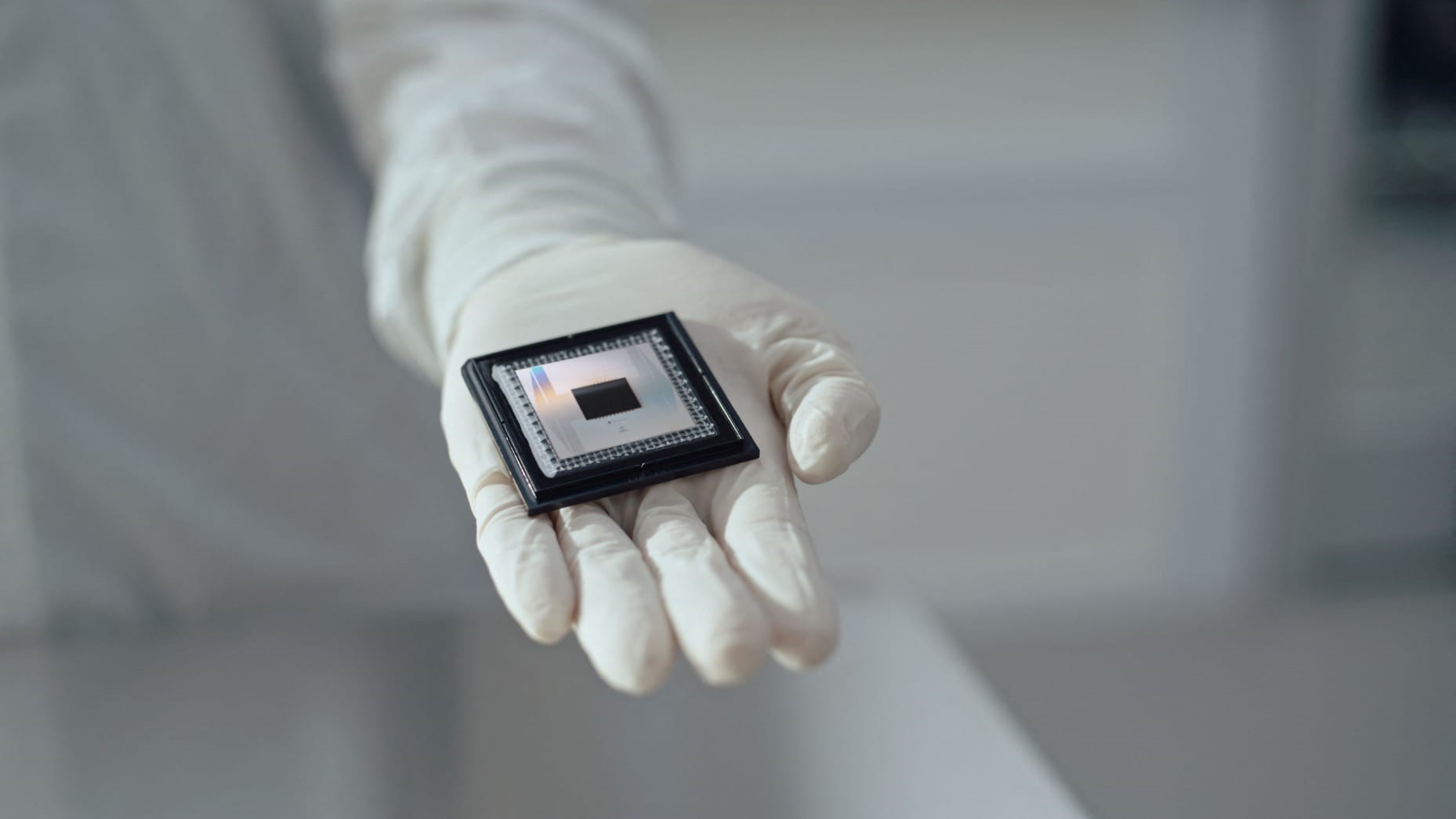Chalmers Researchers Break New Ground in Quantum Computing, Tackling Key Trade-Offs in Performance and Stability
A pioneering system developed by researchers at Chalmers University of Technology in Sweden is pushing the boundaries of quantum computing by addressing a fundamental trade-off: complex quantum operations often compromise stability, while highly stable systems struggle to perform intricate calculations. This breakthrough paves the way for quantum computers that can sustain calculations for longer durations, enhancing both robustness and computational power.

Figure 1. The Proposed Method. (Credit: Timo Hillman)
Quantum computing, while promising revolutionary capabilities, faces significant technical challenges. Noise and errors—arising from electromagnetic interference or magnetic fluctuations—cause qubits, the quantum equivalent of classical bits, to lose their delicate quantum states, interrupting calculations. Until these issues are resolved, the full potential of quantum computing will remain out of reach. Additionally, quantum states, like vehicles without steering wheels, require precise control mechanisms to unlock their computational abilities.
Figure 1 shows the circuit diagram to the left illustrates how the Chalmers researcher team was able to turn on and off different operations by sending microwave pulses (wiggly arrow) to the control system embedded in the oscillator. The researchers used the system to generate a so-called cubic phase state which is a quantum resource for quantum error correction. The blue areas to the right are so called Wigner negative regions - a clear signature of the quantum properties of the state.
Typically, a trade-off exists: systems that support advanced error correction struggle with efficient control, and systems with effective control often lack durability. Yet, researchers at Chalmers have developed a solution to navigate this dilemma.
“We have created a system that enables extremely complex operations on a multi-state quantum system, at an unprecedented speed,” says Simone Gasparinetti, head of Chalmers’ 202Q-lab and senior author of the study.
Beyond the Binary: Introducing Multi-State Quantum Computing
In classical computing, bits are confined to 0s and 1s, while qubits can exist in both states simultaneously due to the principle of superposition. This characteristic allows quantum computers to perform parallel calculations with massive potential. But qubits, highly sensitive to errors, require robust error detection and correction to realize this potential [1].
The new Chalmers system leverages continuous-variable quantum computing, employing harmonic oscillators—thin strips of superconducting material patterned on an insulating substrate to create microwave resonators. Unlike traditional qubits, which operate within a binary framework, these oscillators provide a far richer spectrum of quantum states, enhancing error resilience.
“Think of a qubit as a blue lamp that, quantum mechanically, can be both switched on and off simultaneously. In contrast, a continuous variable quantum system is like an infinite rainbow, offering a seamless gradient of colours. This illustrates its ability to access a vast number of states, providing far richer possibilities than the qubit’s two states," says Axel Eriksson, lead author of the study [2].
Resolving the Trade-Off: A Step Forward in Quantum Error Correction and Control
While harmonic oscillators offer enhanced error correction, their linear design has traditionally limited their capacity for complex operations. Past efforts to integrate them with superconducting systems have struggled with the Kerr-effect, which scrambles quantum states, negating the oscillator’s benefits.
The Chalmers team innovatively embedded a control device directly within the oscillator, circumventing the Kerr-effect. This approach maintains the oscillator’s fault tolerance while allowing high-speed control of quantum states. Published in Nature Communications, their findings represent a major step toward creating durable, high-performance quantum computers [3].
“Our community has often tried to keep superconducting elements away from quantum oscillators, not to scramble the fragile quantum states. In this work, we have challenged this paradigm. By embedding a controlling device at the heart of the oscillator we were able to avoid scrambling the many quantum states while at the same time being able to control and manipulate them. As a result, we demonstrated a novel set of gate operations performed at very high speed,” says Gasparinetti.
This breakthrough demonstrates a promising path toward error-tolerant, controllable, and more powerful quantum computers, potentially transforming fields that rely on complex computations.
Source: Chalmers University of Technology
References:
- https://www.sciencedaily.com/releases/2024/06/240618115542.htm
- https://www.electronicspecifier.com/products/quantum/breakthrough-may-clear-major-hurdle-for-quantum-computers
- https://scienceblog.com/545368/breakthrough-may-clear-major-hurdle-for-quantum-computers/
Cite this article:
Hana M (2024), Chalmers Researchers Break New Ground in Quantum Computing, Tackling Key Trade-Offs in Performance and Stability, AnaTechMaz, pp. 158















